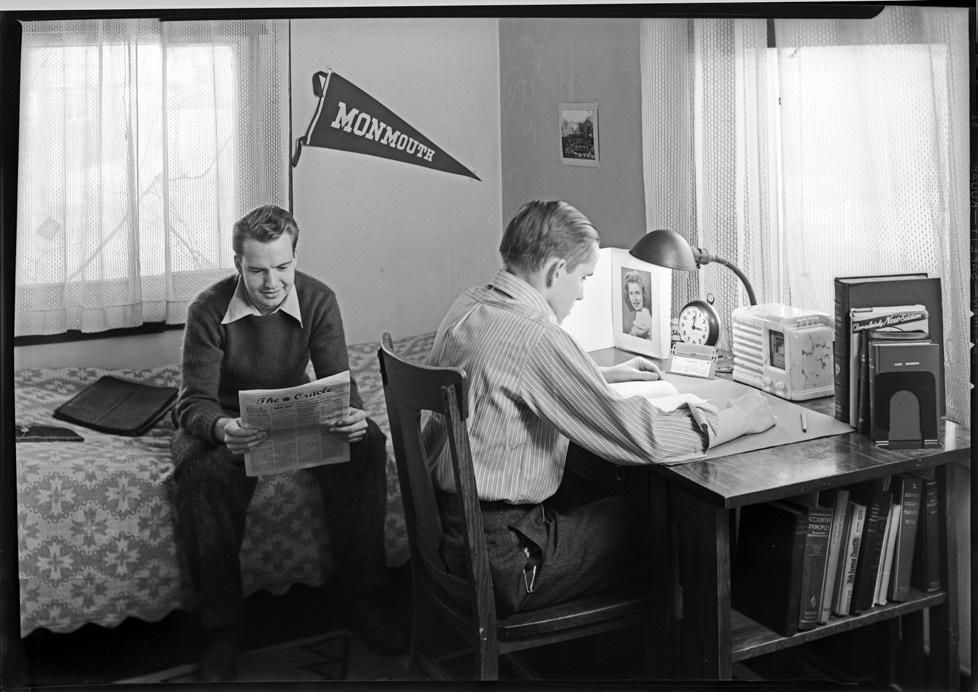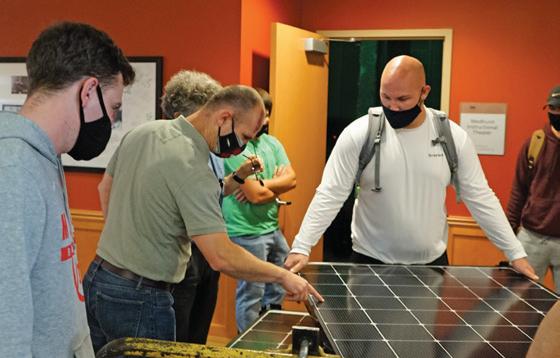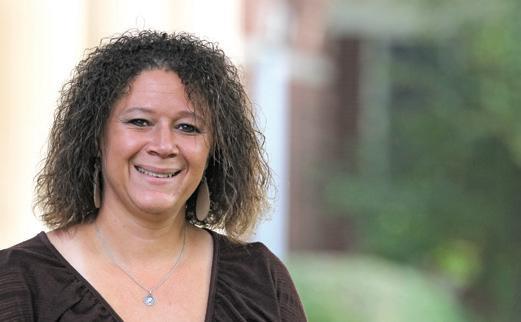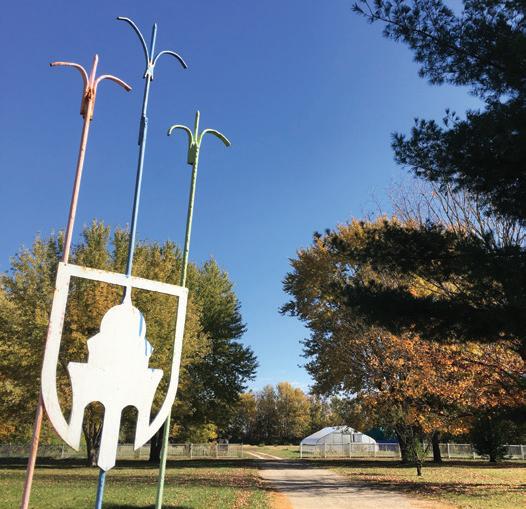
4 minute read
the last word
ED WIMP ’12
LAWYERS AND THE LIBERAL ARTS
Advertisement
My favorite thing about being a lawyer is observing how law fits into our everyday lives. In everything we do, it is quite likely that a lawyer, or a multitude of lawyers, played an active role. Here are a few examples of ways you may be enjoying the work of a lawyer at this very moment: • Let’s say there is music playing as you are reading this; it is likely that lawyers were a key part in negotiating the contracts surrounding the release of the song you’re listening to. • Are you currently sitting in a chair? It is likely that lawyers had to work within the pertinent patent laws in order for that chair to be brought to market. • Are you reading this at work? If so, you and your employer are currently being regulated under many federal and state laws regarding your employment.
In summary, you will be hard-pressed to find a way that a lawyer is not involved in your life at any given moment.
On a daily basis, I use the knowledge from my liberal arts education in my practice of law. Skills learned in my psychology class have helped me to read the body language of individuals that I am cross-examining; the foreign language courses I took have helped me to broaden my client base by being able to understand non-English speakers; and my religious studies courses have helped me to zealously advocate for my clients that have been discriminated against due to their beliefs.
These are just a few things among many other useful skills that I am thankful to have learned and continue to implement. I was able to immerse myself in a span of studies while still having the time to get a major in business administration and a minor in political science, and they have all enhanced the impact of my career in one way or another.
As lawyers, we are thought leaders. It is our job to absorb a large quantity of facts, decipher through the information to determine what is relevant, and craft an opinion that can be explained to a client, jury, judge or the masses of people. Cultivating these leadership skills during a very formative period of a future lawyer’s life is crucial in order to ensure the student is able to form opinions, as well as effectively articulate those opinions during law school and during practice. Frankly, I was a relatively shy student when I entered undergrad; had I gone to a larger state school, it is unlikely that I would have discovered—let alone held—any leadership positions during college. It has been my experience that the expectation of students at a liberal arts institution is to be involved in the college community and the students are therefore not as likely to get “lost in the shuffle” of a more sizeable institution.
As briefly mentioned above, the sense of community is a cornerstone of a liberal arts education, in that every student has the ability to play a role in the unique brand of the school. Instead of students entering a campus culture, the students create the campus culture. Furthermore, because of the establishment of campus culture by the students, there is an immense amount of pride associated with attending a liberal arts school that exists long after graduation.
The alumni of a liberal arts school generally feel an inherent obligation to give back to the students that wish to follow in their path. I have personally enjoyed the benefits of dynamic alumni mentors that have helped me to get where I am today, and I give back by mentoring students and routinely return to my alma mater to meet students in person.
Ed Wimp ’12 of Apopka, Fla., began his legal career defending insurance companies in workers’ compensation disputes at a statewide civil trial defense law firm. He now specializes in representing clients who have been victims of wrongful termination, discrimination and unpaid wages, as well as whistle-blowers. Pro bono work is a cornerstone of his legal career, as he volunteers guardian ad litem for children in need, serves as a legal observer to protect the rights of demonstrators in peaceful protests, and aids in providing legal services to artists through Lawyers for the Creative Arts.
Photos by Paul Kobler ’30

FROM THE ARCHIVES ROOMMATES
Two freshmen (perhaps William Laxson ’43 and Robert Connell ’44) hang out in their East Hall room in 1940. Now known as Austin Hall and housing the music department, East Hall was home to 27 male students during that academic year.
Gradelle Vinje (right), a freshman from Park Ridge, Ill., and her unidentified roommate wrap gifts in their Grier Hall room prior to Christmas break in 1940. The new Grier Hall had just opened that fall.







